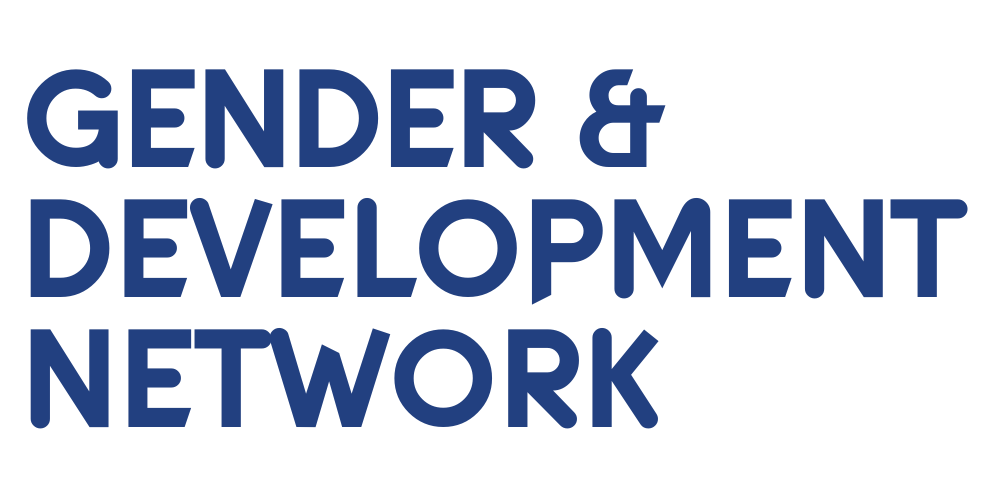Putting gender in political economy analysis: why it matters and how to do it
Political economy analysis can help practitioners to understand the distribution of power and resources in a society and the implications for their programmatic objectives. However, political economy analysis has overwhelmingly ignored one of the most pervasive systems of power in society – that of gender. A gendered political economy analysis explicitly examines how gender and other social inequalities shape people’s access to power and resources, and ensures that the perspectives of women inform the process, content and use of the analysis.
The benefits of putting gender into political economy analysis includes a more holistic diagnosis of poverty and inequality, the ability to identify different pathways and agents of social and political change, and a higher likelihood that interventions will not reinforce power relations that systematically exclude and harm women, girls and other disadvantaged groups. This guidance note has been written to help practitioners to integrate an understanding of gender and it social, economic and political effects into each stage of a political economy analysis. To provide concrete ideas about how to actually do a gendered political economy analysis using the tools in the guide, the Note uses a possible development problem as a worked example at each step of the note.
The GADN Women’s Participation and Leadership Working Group welcomes comments and feedback to help refine future version of the guidance. Please send to the co-chairs Emily Brown [EmBrown@oxfam.org.uk] and Tam O’Neil [oneil@careinternational.org].
